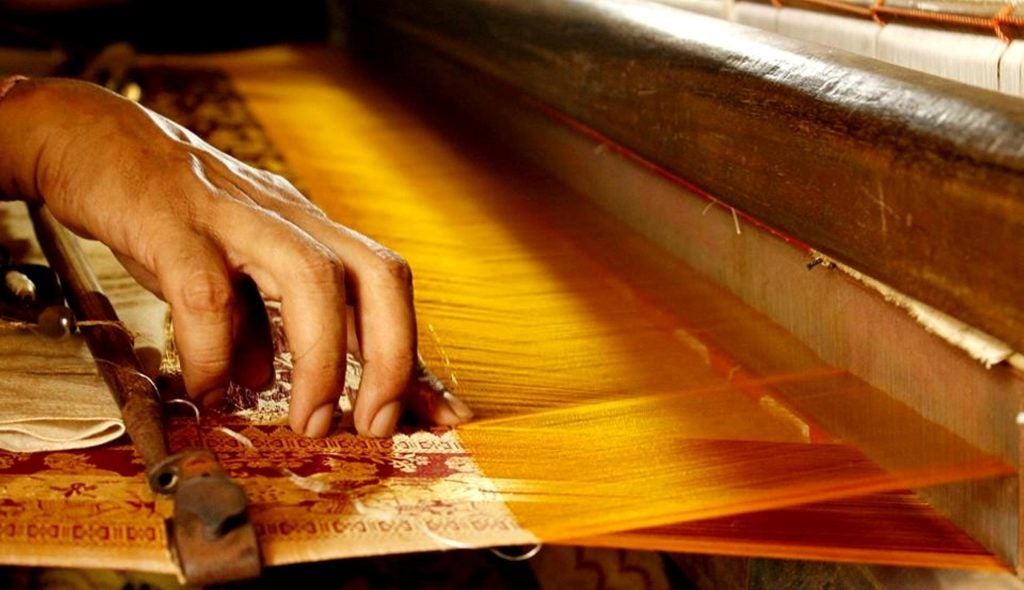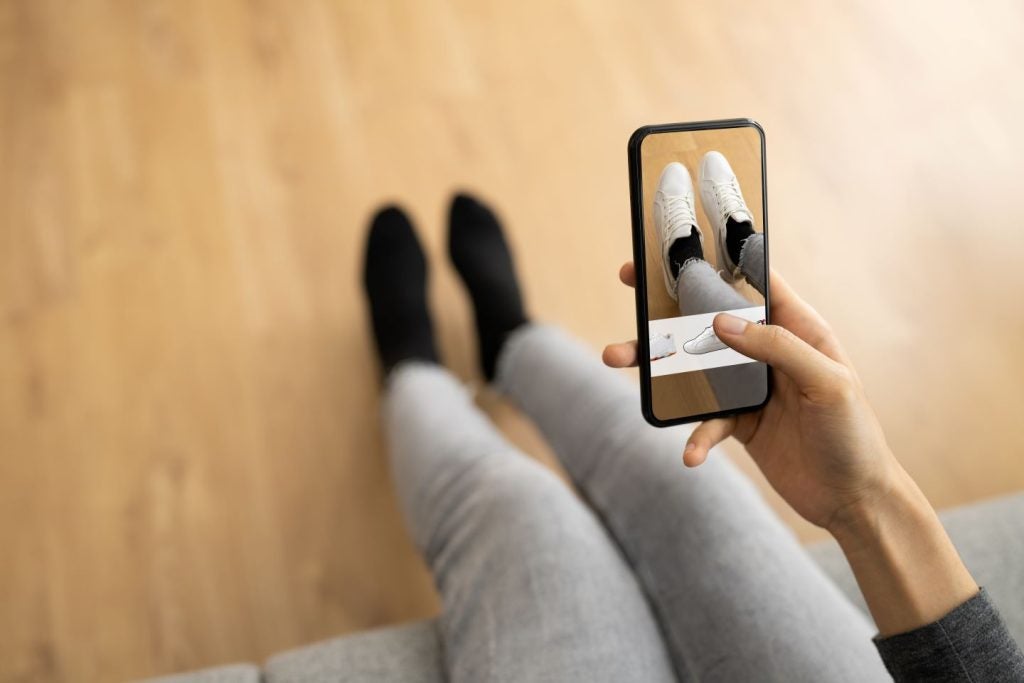
The study titled ‘How complex systems get engaged in fashion design creation: Using artificial intelligence,’ which was published in the journal Thinking Skills and Creativity, aimed to investigate the practical applicability of AI models to implement creative fashion designs and work with human designers.
The research notes the use of AI in the fashion industry has grown significantly in recent years. For example, it is already being used to personalise fashion recommendations for customers, optimise supply chain management, automate processes and improve sustainability to reduce waste.
However, creative processes in fashion design continue to be human driven with little research on how to use AI for fashion design with designers themselves often not being included in the research itself.
Assistant professor and lead author of the study, Yoon Kyung Lee was keen to find out if there could be an effective collaboration between humans and AI for the purpose of creative design, and explained: “At a time when AI is so deeply ingrained into our lives, this study started instead with considering what a human can do better than AI.”
How well do you really know your competitors?
Access the most comprehensive Company Profiles on the market, powered by GlobalData. Save hours of research. Gain competitive edge.

Thank you!
Your download email will arrive shortly
Not ready to buy yet? Download a free sample
We are confident about the unique quality of our Company Profiles. However, we want you to make the most beneficial decision for your business, so we offer a free sample that you can download by submitting the below form
By GlobalDataThe study started with generating new textile designs using deep convolution generative adversarial networks (DC-GANs) and cycle-GANs. The outputs from these models were then compared to similar designs produced by design students.
See Also:
The comparison revealed the designs produced by both were similar, but the biggest difference was the uniqueness and originality seen in the human designs, which came from the person’s experiences.
However, the use of AI in repetitive tasks could improve the efficiency of designers and free up their time to focus on the high-difficult creative work.
The research also suggests that AI-generated designs could be used as a learning tool for people who lack expertise in fashion but want to explore their creativity as the AI could assist them with creating their own designs.
Following the study’s findings Professor Lee is now proposing a human-AI collaborative network that integrates GANs with human creativity to produce designs.
Professor Lee has also defined and studied the various elements of a complex system that are involved in human-AI collaborated design and has established a human-AI model in which the designer collaborates with AI to create a novel design idea.
The model allows the designer to share their creative process and ideas with others, and the system can interconnect and evolve to improve its designs.
Professor Lee believes the fashion industry can leverage this to foresee changes in the fashion industry and offer recommendations and co-creation services. Setting x-objectives, variables, and limits is part of the designer’s job in the human-AI collaborative design environment so she suggests their work should go beyond the visual aspect and instead cover a variety of disciplines.
She concludes: “In the future, everybody will be able to be a creator or designer with the help of AI models. So far, only professional fashion designers have been able to design and showcase clothes. But in the future, it will be possible for anyone to design the clothes they want and showcase their creativity.”







